As we continue our series of historical Liverpool season reviews, we take a look back to the campaign that saw Kenny Dalglish rebuild the club in 1985/86.
We begin this season review on August 17, 1985. It’s the first day of a new football season, and there’s a new manager in the Liverpool dugout.
Joe Fagan has brought his brief two-year spell in charge to an end, and to the surprise of many in the game, the board turned to living legend Kenny Dalglish to fill his shoes.
The Reds are getting ready to host Arsenal at Anfield—they had been on an incredible journey over the last two decades.
In the ’60s they had cemented their place in the top tier under Bill Shankly. They had won league titles and clinched the club’s first ever FA Cup. The ’70s brought two UEFA cups and two European Cups. Their European domination continued into the mid-80s.

1984 represented the crowning glory: Fagan’s Liverpool had marched triumphantly to their first-ever treble, winning the league title, League Cup and European Cup; the Reds’ fourth in just seven years.
This was truly a golden period in the club’s history. Liverpool stood at the summit of European football. They were respected and feared across an entire continent and on home soil too.
However, in the summer of 1985, the reputation of Liverpool Football Club and its supporters lay in tatters.
Rebuilding After Tragedy
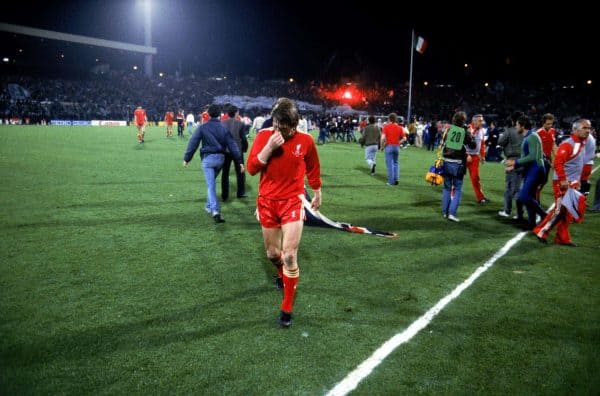
The Heysel Stadium disaster had claimed the lives of 39 football supporters before kickoff, mostly Italians and supporters of Juventus—Liverpool’s opponents in the 1985 European Cup final.
The tragedy occurred as a result of crowd trouble, involving a section of Liverpool supporters.
Amazingly, the game went ahead. Liverpool lost 1-0, but football seemed irrelevant against the backdrop of such tragedy.
As a result of the disaster, UEFA banned all English teams from European competition for an indefinite period, stipulating that Liverpool must serve an additional three years after other clubs were reinstated.
As well as the obvious human tragedy, this was potentially catastrophic for English football.
Everton, who had won the league and the European Cup Winners’ Cup in 1985, were now unable to compete for Europe’s top prize. To this day, many Blues are resentful of this.
Many felt that Liverpool, who were experiencing the darkest days of their 93-year history, should have chosen more experienced hands to replace Fagan.
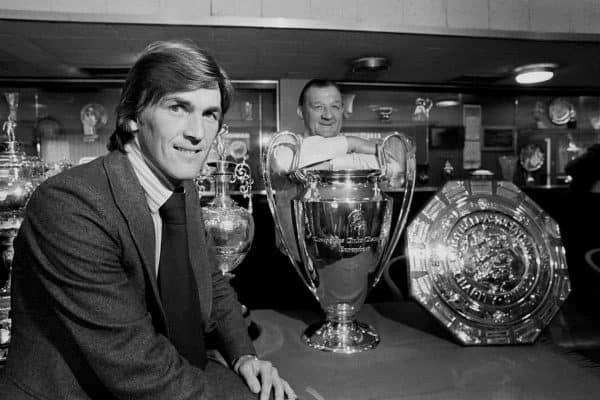
Some suggested that either Ronnie Moran or Roy Evans were more suited to the role of manager and leader.
Kenny, after all, was still playing. Could he really lift the club off its knees, with no managerial experience?
Bob Paisley would act as mentor and advisor, but Kenny was filling big shoes and taking on a huge responsibility. And he was doing it while taking on the dual role of player and manager.
With hindsight, we can say it was an inspired decision by the board. But, at the time, it felt like a very risky gamble.
Chasing the Blues

The Reds had surrendered the league title and European Cup in 1985, they faced a resurgent Everton and lacked the financial resources that participation in the continent’s elite competition brought.
In those circumstances, the task of rebuilding the club’s shattered reputation and restoring silverware seemed an impossible task.
As well as the managerial changes, Liverpool would run out with a new kit maker. Adidas took over the reigns and the Reds would wear a yellow away strip with three red stripes on the sleeve.
The home kit with a trio of white stripes would become one of the most popular in the club’s history.
In order to replace the lost income from Europe, a new competition was introduced. More about the utterly bizarre and rubbish Screen Sport Super Cup later though.
1985 was the year of Live Aid, in which artists and musicians came together to hold two huge concerts simultaneously in London and Philadelphia, to raise money for the starving people of Africa.
It was also the year of the Bradford Stadium fire, which killed 56 supporters.
You’ll Never Walk Alone was re-recorded by a band called The Crowd, featuring Gerry Marsden, in order to raise money for the victims of the families. It went to No. 1 in the singles charts in June.
By August 1985, Madonna was about to get ‘Into the Groove’ and so would Liverpool Football Club. We were, for the first time ever, on the march with Kenny’s Army.
The Reds would lose two club stalwarts in the September and December of 1985. Alan Kennedy and Phil Neal, full-backs who had served the club with distinction were now coming to the end of their careers and would make way for Jim Beglin and Steve Nicol.

Joining the club from Aston Villa was Scouser and former Everton player, Steve McMahon.
He would sign for £350,000 in September. Liverpool had lost their midfield general, Graeme Souness, to Sampdoria a year earlier. Macca would add some much-needed bite to the middle of the park.
Liverpool started the season nervously with an opener against Arsenal, but they managed to win the game 2-0. That would set them on a run of 26 games, in which they lost just four times.
By December 28, the Reds were sitting in fourth place, level on points with reigning champions Everton and three points behind leaders Man United. They had clawed back a 10-point deficit and were within a win of the summit.
The Reds had drawn 1-1 to United at Old Trafford and beaten Everton 3-2 at Goodison. That meant their rivals for the title had to come to Anfield in the second half of the season.
The derby, which kicked off on September 21 in front of a crowd of 51,000, had been a classic that almost produced a shock comeback and an unlikely point for the Blues.
Liverpool were in front in the first minute, thanks to a goal from player-manager Dalglish. Ian Rush made it two on 16 minutes and McMahon grabbed the Reds’ third just before half-time. It was looking like a comfortable afternoon, and Liverpool supporters crammed into all four corners of Goodison Park would have been feeling fairly smug.
However, Howard Kendall must have read his players the riot act during the interval, because they mounted a fightback in the second half that came dangerously close to cancelling out Liverpool’s lead.
Within six minutes of the restart Graeme Sharp had pulled one back for the Blues.
The Reds seemed to be heading for a comfortable 3-1 away win, when in the 84th minute Gary Lineker grabbed a second.
It would set up a very tense finale, but Liverpool hung on for all three points. Liverpool’s climb to the summit had begun.
Cup Hopes
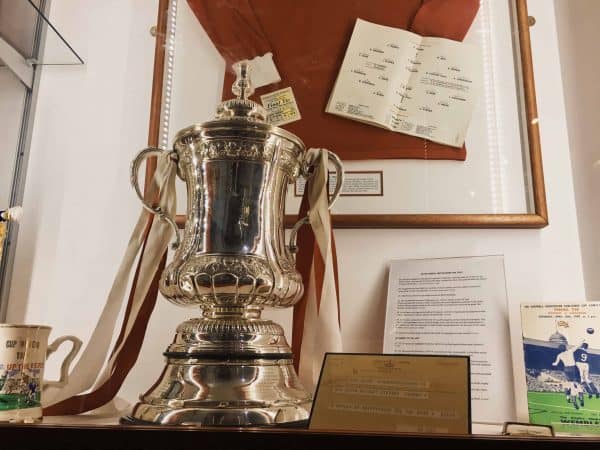
As the New Year dawned, the Reds were still competing in all competitions. In the League Cup, they had dumped out Oldham, Brighton and United.
They would set up a semi-final against QPR after beating Ipswich 3-0 in the fifth round, only to be denied a place in the final, after going down to 3-2 aggregate defeat in February.
The FA Cup campaign got underway in January, with Liverpool eliminating Norwich and Chelsea in the third and fourth rounds.
The Canaries had succumbed to a five-goal mauling and Liverpool beat Chelsea 2-1 at Stamford Bridge. Their reward was a tie with York City in the fifth round.
York almost inflicted a shock at Bootham Crescent on February 15, when Gary Ford gave them the lead on the hour mark. Fortunately, a Jan Molby penalty earned Liverpool a replay at Anfield. The spot-kick had been a controversial one.
Full-back Steve Senior had been battling with Craig Johnston in the box when he was adjudged to have handled. He claimed it was unintentional, but the Great Dane was emphatic from 12 yards. Liverpool won the replay at Anfield, 3-1.
However, they had done it the hard way, after being taken to extra time with the match finishing 1-1 in normal time. A goal a piece from Molby and Dalglish in the first half of extra time saw York off, finally.
Jekyll & Hyde for Spaghetti Legs
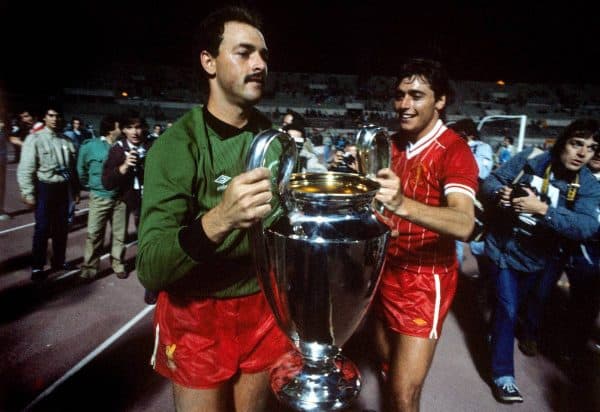
Liverpool had laboured in the cup, and things were about to get worse in the league. On February 22, they entertained Everton at Anfield and slipped to a 2-0 defeat.
The Blues had now claimed top spot from United, who had a game in hand, and Liverpool were eight points behind in third.
Ahead of the derby Liverpool were beset with injury problems, which ruled out Dalglish and Paul Walsh. That meant Jan Molby playing a more advanced role.
The Reds struggled throughout the first half and Everton sought to press home the advantage.
The Blues would win the game, thanks to strikes from Kevin Radcliffe and Lineker. However, Bruce Grobbelaar would grab most of the headlines. This is how the Liverpool Echo’s Ken Rogers saw it:
“Hero or villain? Genius or clown? Will the real Bruce Grobbelaar please stand up.
“For 73 minutes the controversial ‘keeper was in line for Liverpool’s man-of-the-match award as the 134th Merseyside derby unfolded in dramatic fashion at Anfield.
“Then the Jekyll and Hyde streak that haunts him mercilessly, more often than not in front of a television audience of millions, reared its head once again to leave the red army stunned.
“Kevin Ratcliffe’s 25-yard shot took a slight deflection off Lineker, but Grobbelaar still seemed to have the effort covered every inch of the way.
“The ball suddenly squirmed away from him and rolled into the net and in that split-second the Anfield star contrived to make himself the scapegoat for a defeat that left Everton riding high at the top of the table, eight points clear of their great Merseyside rivals and three ahead of second placed Manchester United.”
Liverpool managed to recover though, beating Spurs 2-1 at White Hart Lane and avenging their exit from the League Cup by beating QPR 4-1 at Anfield.
They then emerged from a tricky tie against Southampton at the Dell with a 2-1 win, before trouncing Oxford United 6-0.
That win came against an Oxford team that boasted two future Liverpool stars, Ray Houghton and John Aldridge.
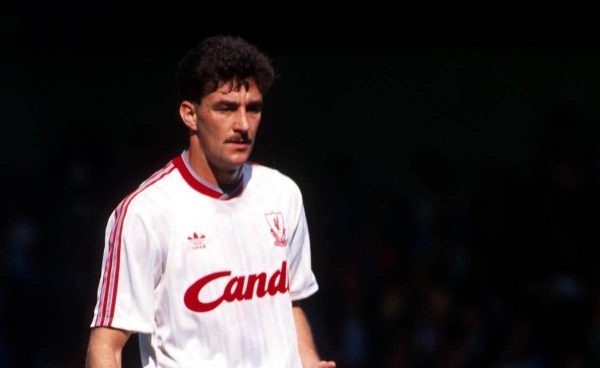
Aldridge was a free-scoring centre-forward who would later catch the eye of Dalglish, but at Anfield, on the March 22, he was a mere spectator on the pitch.
Molby and Rush each grabbed a brace, and Mark Lawrenson and Ronnie Whelan bagged the other two goals. Dalglish was now a regular starter and many Reds supporters felt that his return to team was responsible for the team’s recovery in the league.
Reaching the Final
The return of some consistency would see Liverpool climb into second place, drawing level with Everton, who led on goal difference only. Crucially though, the Blues still had a game in hand.
Oxford, by the way, would win the League Cup, beating QPR 3-0 at Wembley. This was an incredible achievement, given they had only joined the Football League in 1962.
Ray Houghton would score one of the goals, in front of 90,000 people.
In April, Liverpool had reached the semi-final of the FA Cup after eliminating Watford. They booked their place in the final thanks to a 2-0 win over Southampton.
That game was played at White Hart Lane; awaiting them at Wembley were rivals for the title Everton.
The game against the Saints had been marred by a freak injury to a future Reds defender, Mark Wright. He had broken his leg in a clash with Grobbelaar at the start of the second half.
Despite that the Saints somehow managed to cope with Rush for the remaining 44 minutes. The game finished 0-0 in normal time, but there was no way they could resist the Welshman for another half-hour.
His two goals in extra time took Liverpool to Wembley.
Back on Top
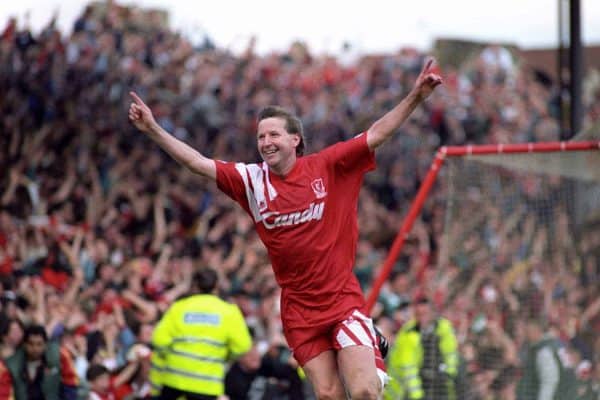
The Reds returned to league action with a 5-0 win over Coventry at Anfield on the April 12.
The five goals, including a hat-trick from Whelan and one a piece for Molby and Rush put Liverpool on top of the table for the first time that season, if only by virtue of goal difference. Everton still had a game in hand.
The mood in Liverpool was tense. Neither side wanted to make a crucial mistake and hand the championship to the other.
Fortunately for the red half of the city, it would be Everton who blinked first. It happened on April 30, 1986.
Liverpool were playing Leicester at Filbert Street and Everton were away to Oxford. Two first-half goals from Whelan and Rush gave Liverpool the three points, but the drama came in the closing stages.
The Reds were still playing when news filtered through to the crowd that Oxford had pulled off a shock against the title hopefuls. The game at the Manor Road was over and Everton had lost 1-0.
As Dalglish prepared to take a corner kick in front of the Liverpool away end, the travelling Kop were desperate to let their hero and player manager know the result. They began to shout out the score.
Kenny cupped his ear to the crowd, before giving them a big thumbs up. The Reds saw out the game and took all three points.
The pendulum had swung decisively in their favour.
Now the stage was set. If Liverpool could beat Chelsea at Stamford Bridge that coming Saturday, they would be champions, regardless of anything Everton could do in their final game.
In the aftermath of a disastrous night in Oxford, a clearly disgruntled and frustrated Howard Kendall would tell TV cameras, “suddenly, I’m a Chelsea supporter.”
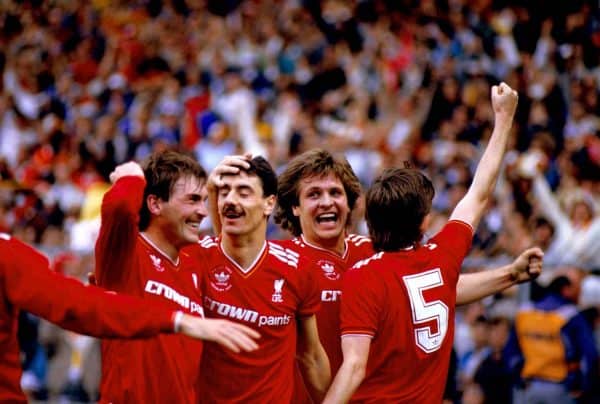
Entirely understandable, perhaps. But it would wind up the Reds fans on Merseyside and set the scene for a tense afternoon in the capital.
After finally putting the destiny of the championship into their own hands, the thought of letting it slip away again was too painful to contemplate.
Luckily, we had Dalglish, and for all the nerves amongst the crowd, Kenny had ice in his veins.
Everton had slumped to third place. Though they still had a game in hand, they were now five points behind Liverpool. West Ham lay in second, a point clear of the Blues.
Having also reached the FA Cup final, Everton had gone into the game against Oxford still in contention for a league and cup double.
Now their dreams hung in the balance and it was they who needed the Reds to slip up.

The game against Chelsea was the final game of the season. Liverpool won it, thanks to a goal of sublime beauty from their player-manager.
They had been on a remarkable run, winning 12 of their last 13 games. Liverpool had snatched the title from Everton’s grasp.
Despite winning their game in hand, it wouldn’t be enough for the Blues. The Reds won the league it by two points.
Now the stage was set for an epic encounter between the two Mersey rivals in the FA Cup final. Before that could happen though, we must revisit the quirky anomaly that is the Screen Sport Super Cup.
Liverpool had reached the semi-final stages, thanks to victories over Southampton and Tottenham. They now faced Norwich City on their way to the final.
They won that game 4-2 on aggregate, but bizarrely the final, against Everton, wouldn’t be played until the September of the following season. Of course, Liverpool won it.
Wembley South
https://www.youtube.com/watch?v=8aATJ1Gyvgo
The FA Cup final took place on May 10, 1986. While Liverpool and Everton had already fought out an all-Merseyside final in 1984, contesting that season’s league Cup, this was the first all-Merseyside FA Cup final in history.
Cup fever gripped the city. Windows were decked out with club colours and posters of the respective teams.
Streets and even houses were split down the middle: one half red, the other blue.
Schools, pubs and workplaces were engulfed by the rivalry and little work got done. The only thing on anyone’s mind was how do we get tickets to the final.
This was a game nobody wanted to miss.
The stakes were incredibly high. Neither side could contemplate defeat to their nearest rivals. The resultant humiliation would be too hard to bear, and it would last forever.
For Everton, who had lost their crown to Liverpool in the league, the cup represented their only chance of redemption.
In the run up to the game, the city began to empty, as 10s of thousands made the journey south. Wembley was awash with blue and red, and the air was filled with song.
“Scousers here, Scousers there, Scousers every-fucking-where,” rang out along Wembley Way.
The chants of “Merseyside, Merseyside” saw Liverpool and Everton fans revel in the opportunity to show the rest of the country that they were untied in civic pride. These were very different times.
The game eventually got underway amidst a fury of colour and noise.
A huge roar went up as the referee signalled the start and Reds and Blues stood shoulder to shoulder, screaming on their heroes, without a hint of aggravation.
Everton took the lead early, thanks to a goal from Lineker. Liverpool were lacklustre in the first half, but after a bust up between Grobbelaar and Beglin threatened to derail them altogether, they somehow regained their composure.
Second half goals from Rush (two) and Johnston delivered heartbreak to the Blues and rapturous joy to the red half of the city.
Liverpool had clinched the league and cup double for the first time in their history.
No Wonder We Call Him the King
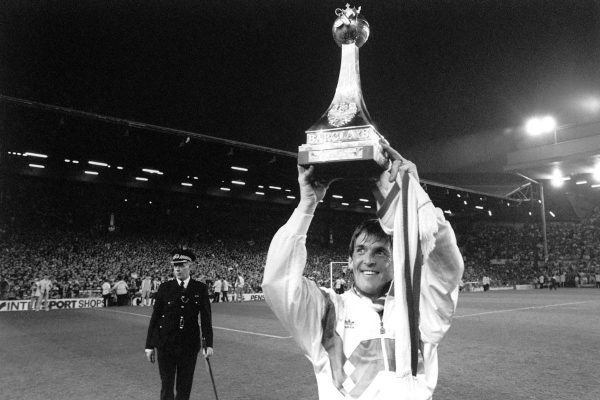
The scale of Dalglish’s achievements that season are impossible to overstate.
He had taken a club in ruins, a pariah on the European scene and one that looked to have been usurped by its oldest rival.
He had become the first player-manager to win the double and had restored pride and purpose to Anfield.
And, he’d done all of that despite his doubters and naysayers, in his first season as manager.
No wonder we call him the King.
Liverpool, 1985/86
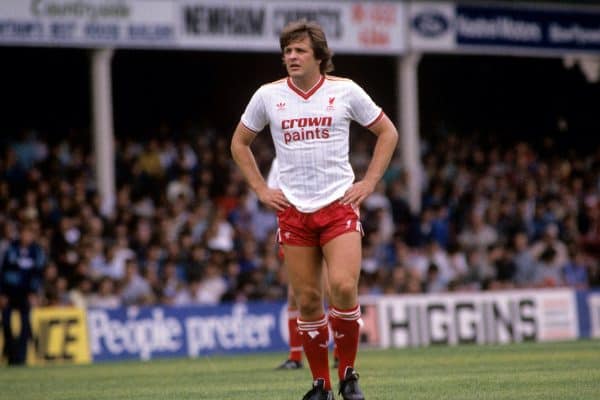
Manager: Kenny Dalglish
Captain: Alan Hansen
Top Scorer: Ian Rush (33, all competitions)
Most Appearances: Bruce Grobbelaar (63, all competitions)
League Position: 1st
FA Cup: Winners
League Cup: Semi-final
Total games: 63
Games won: 41
Games drawn: 15
Games lost: 7
Clean sheets – league: 16
Clean sheets – overall: 24
Total goals: 138








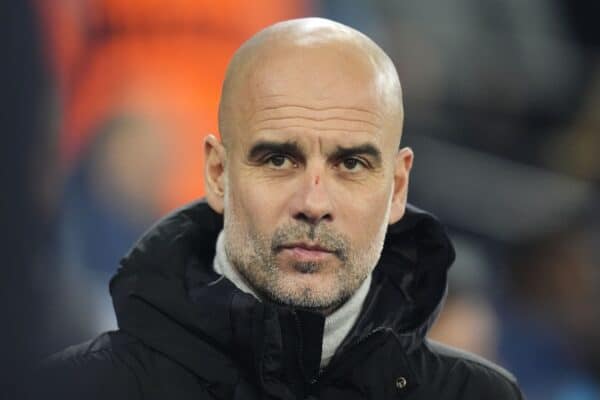

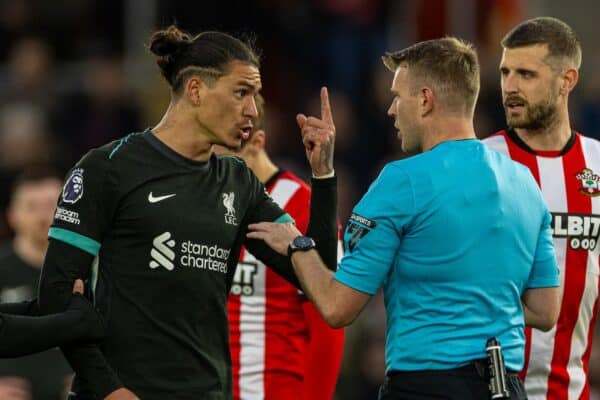
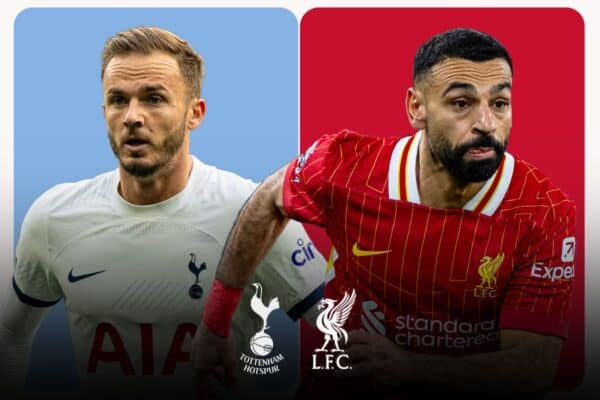
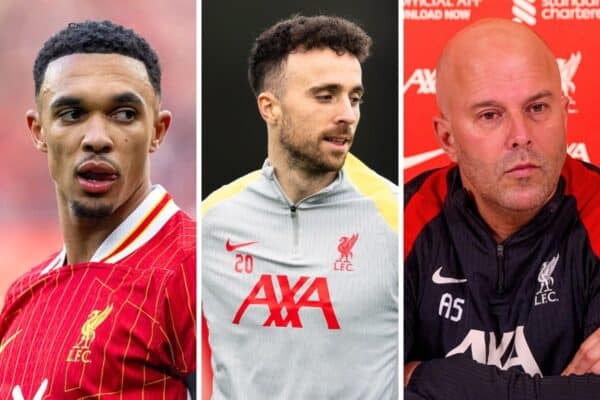
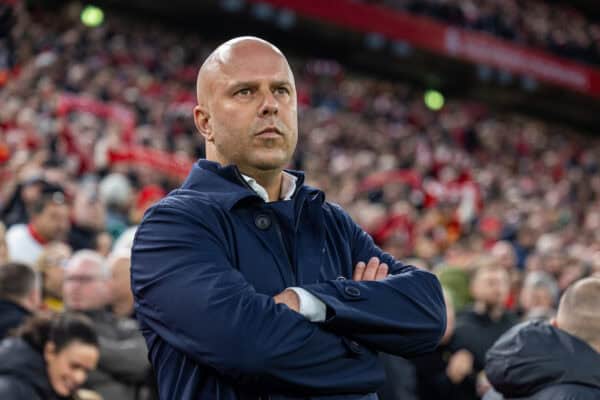





Fan Comments